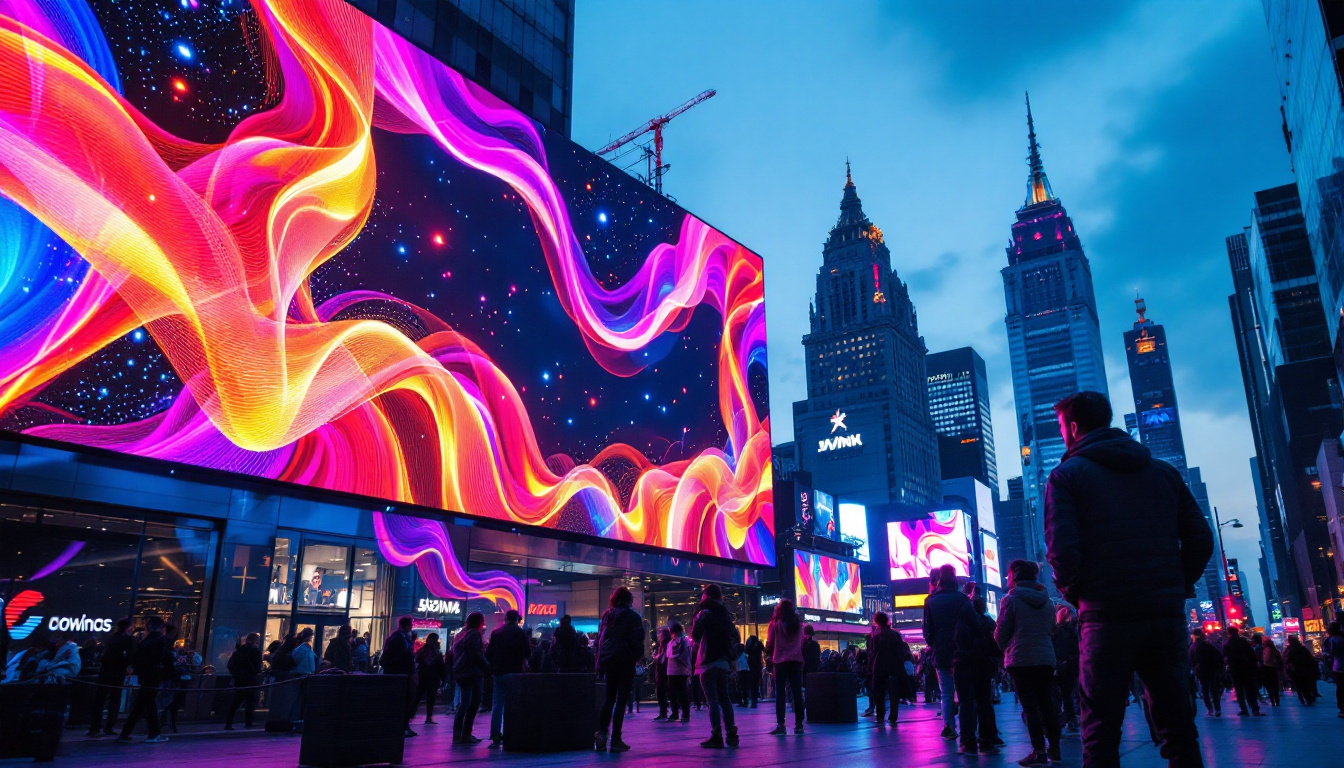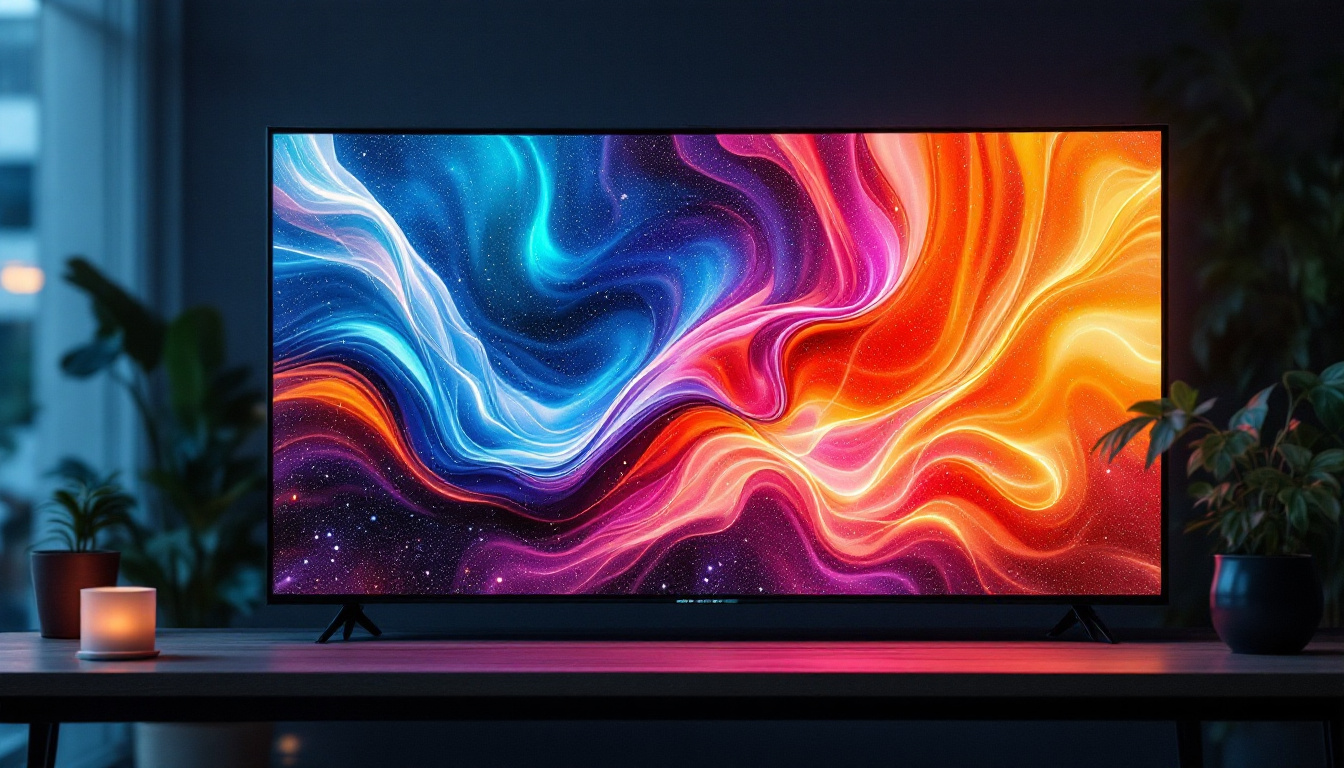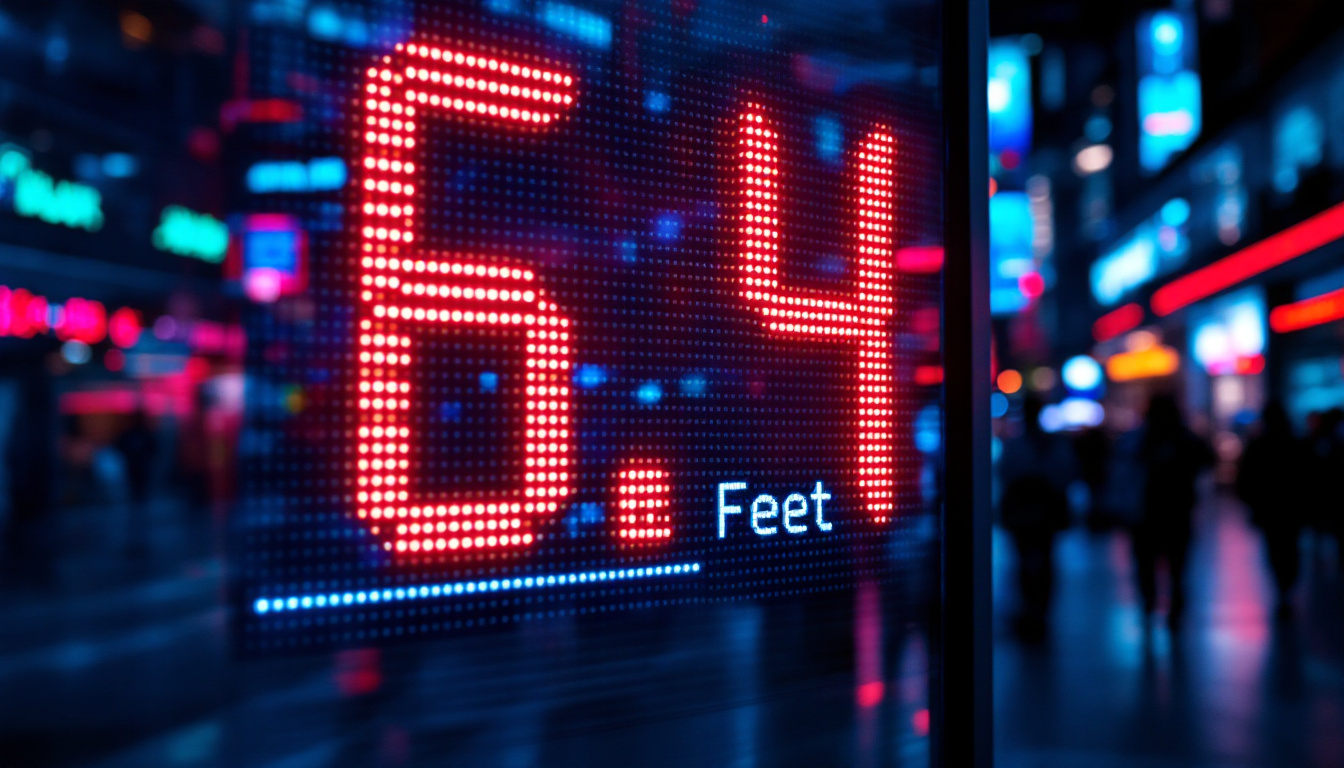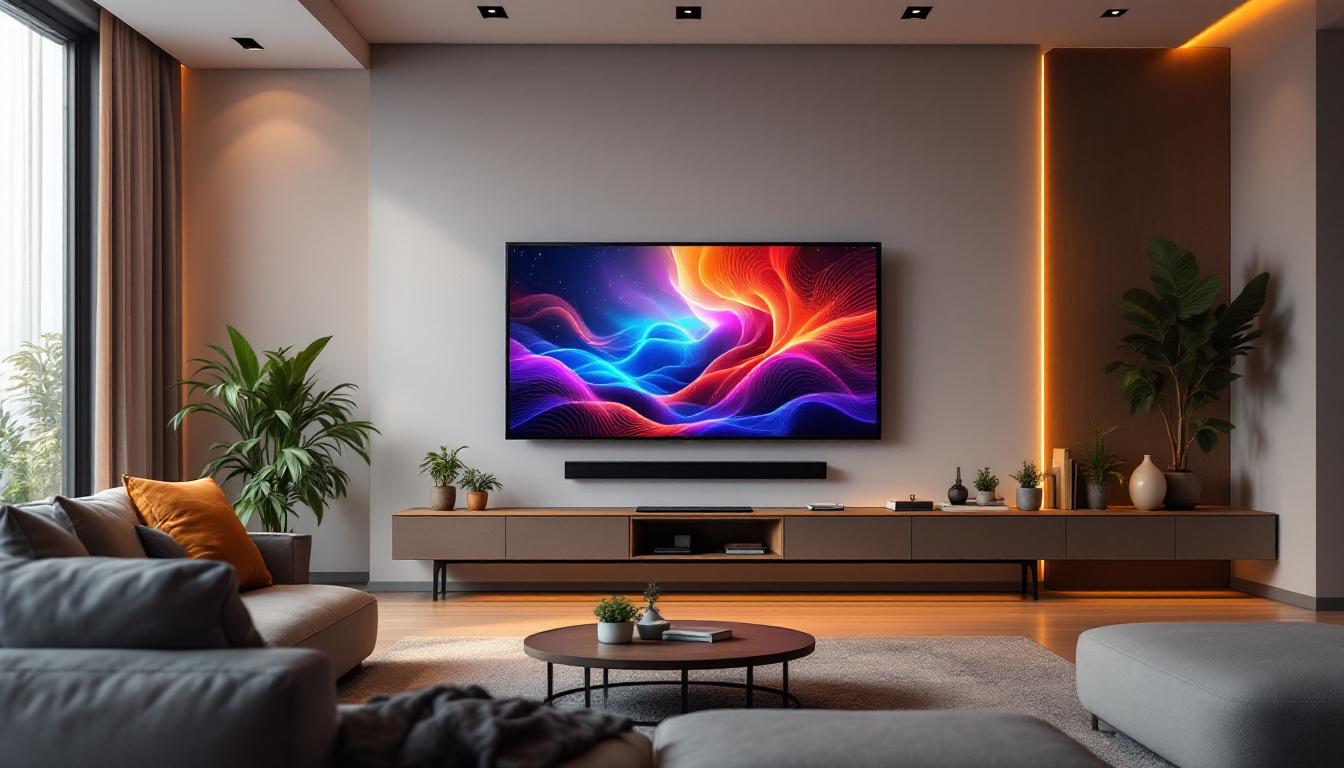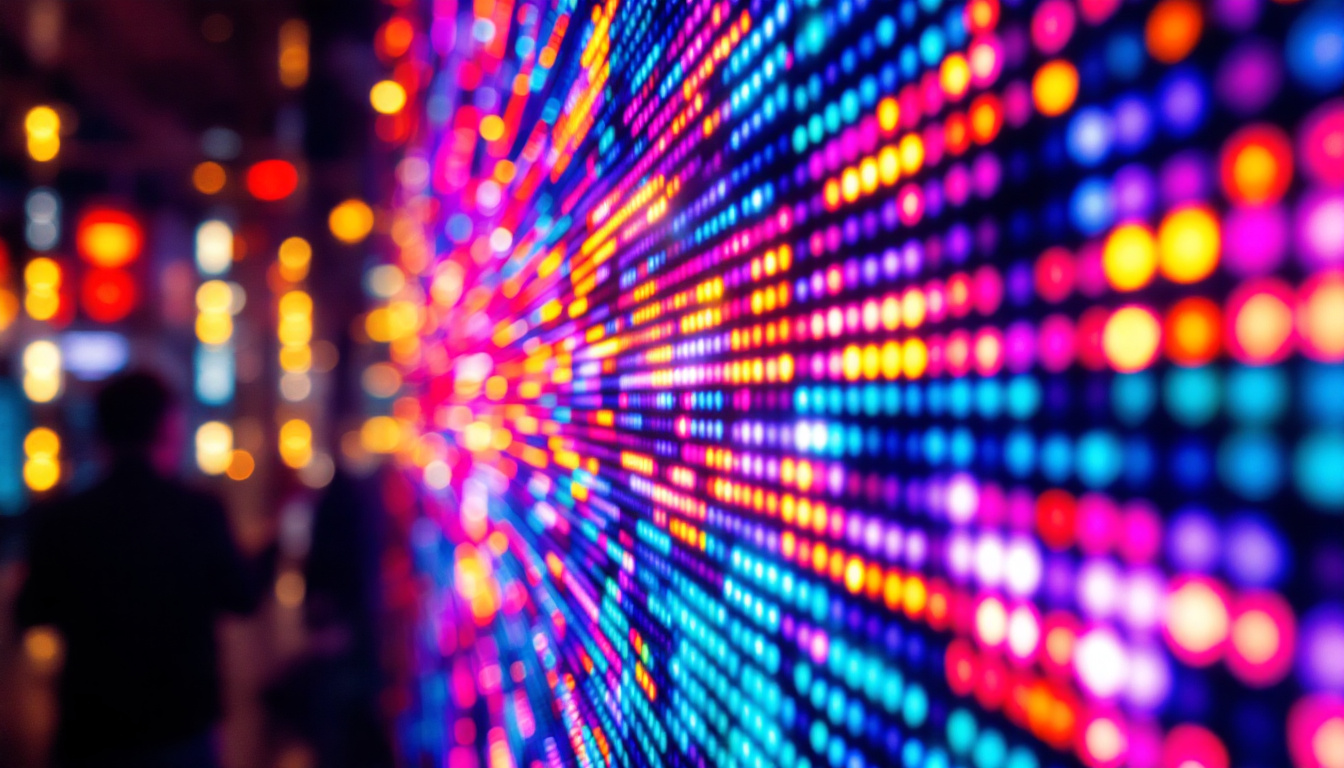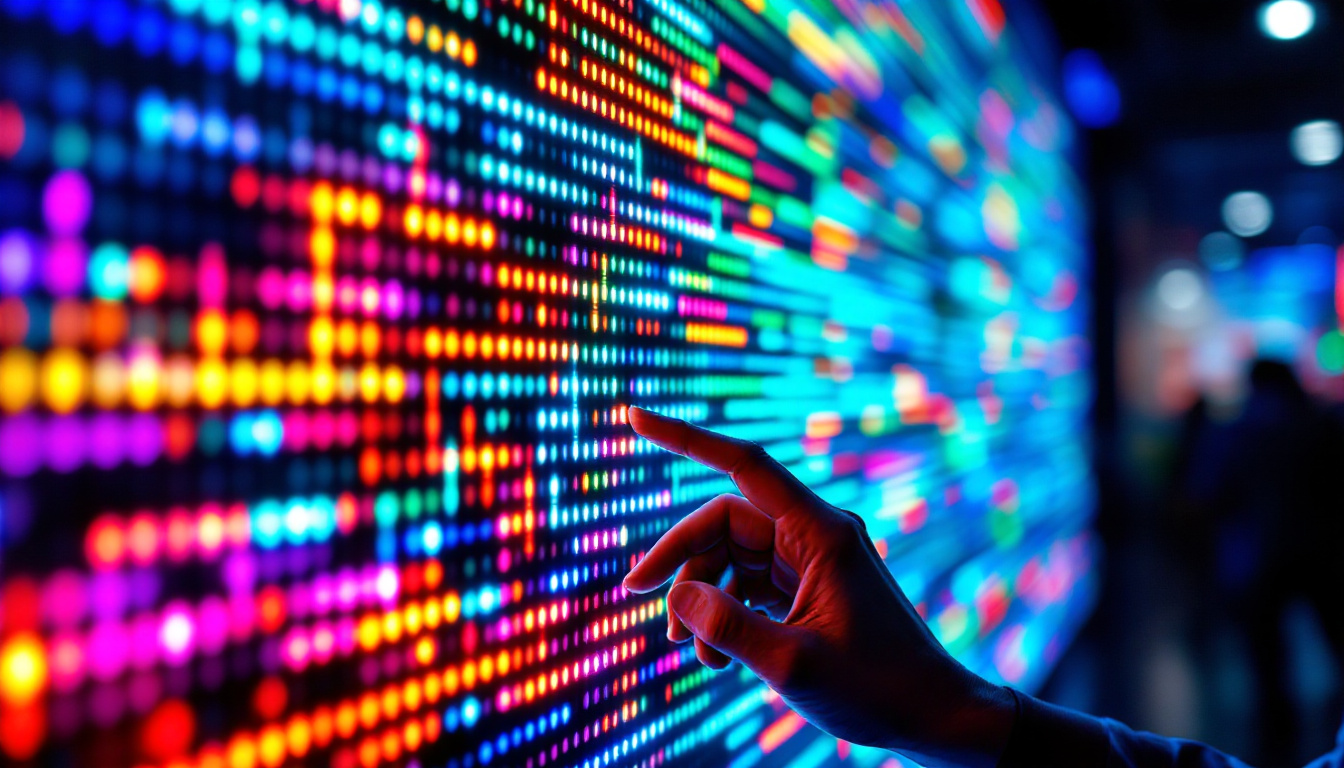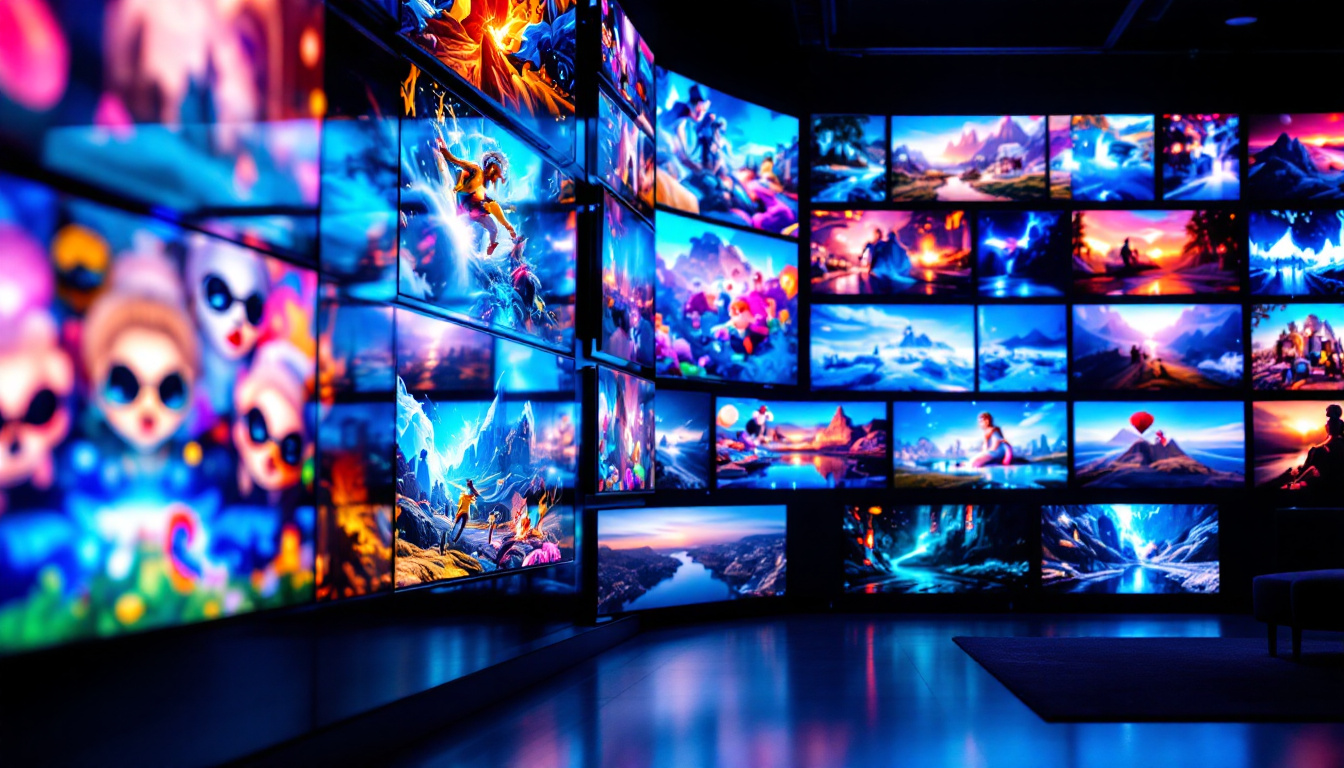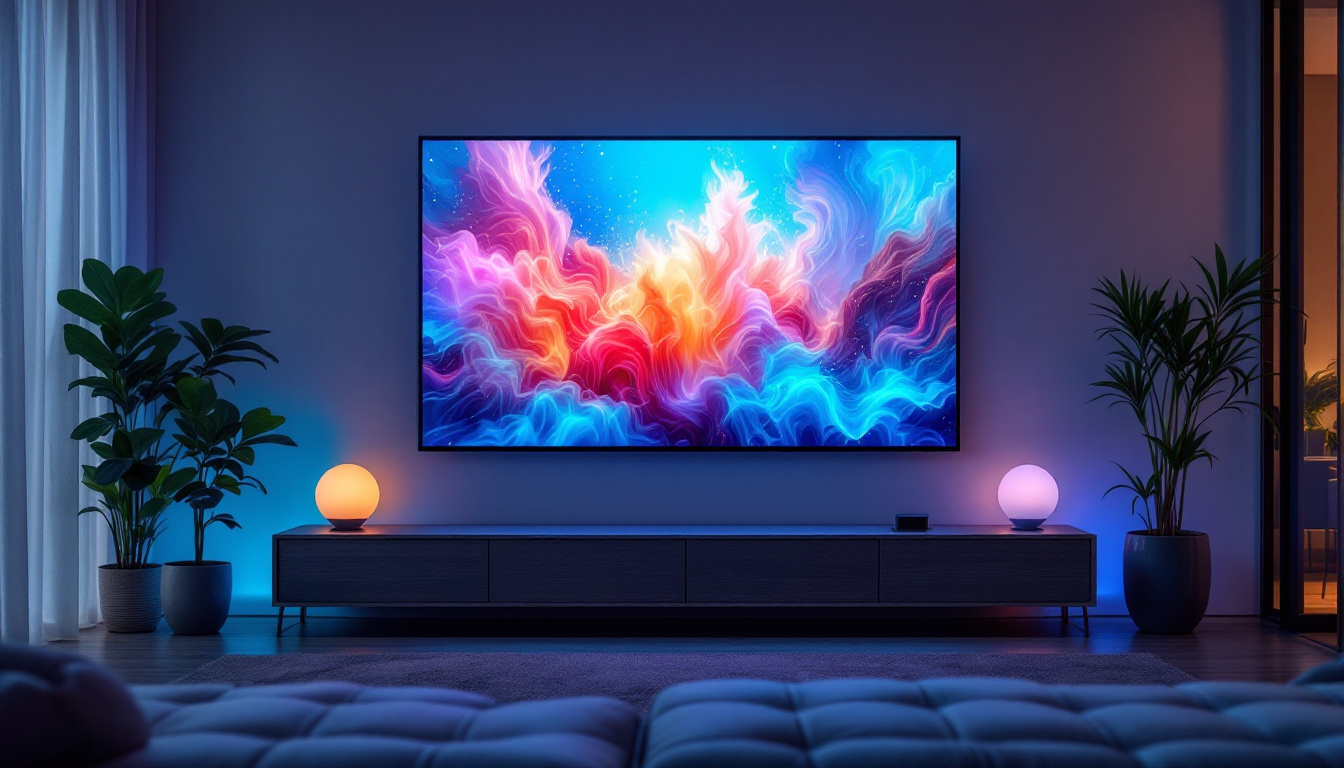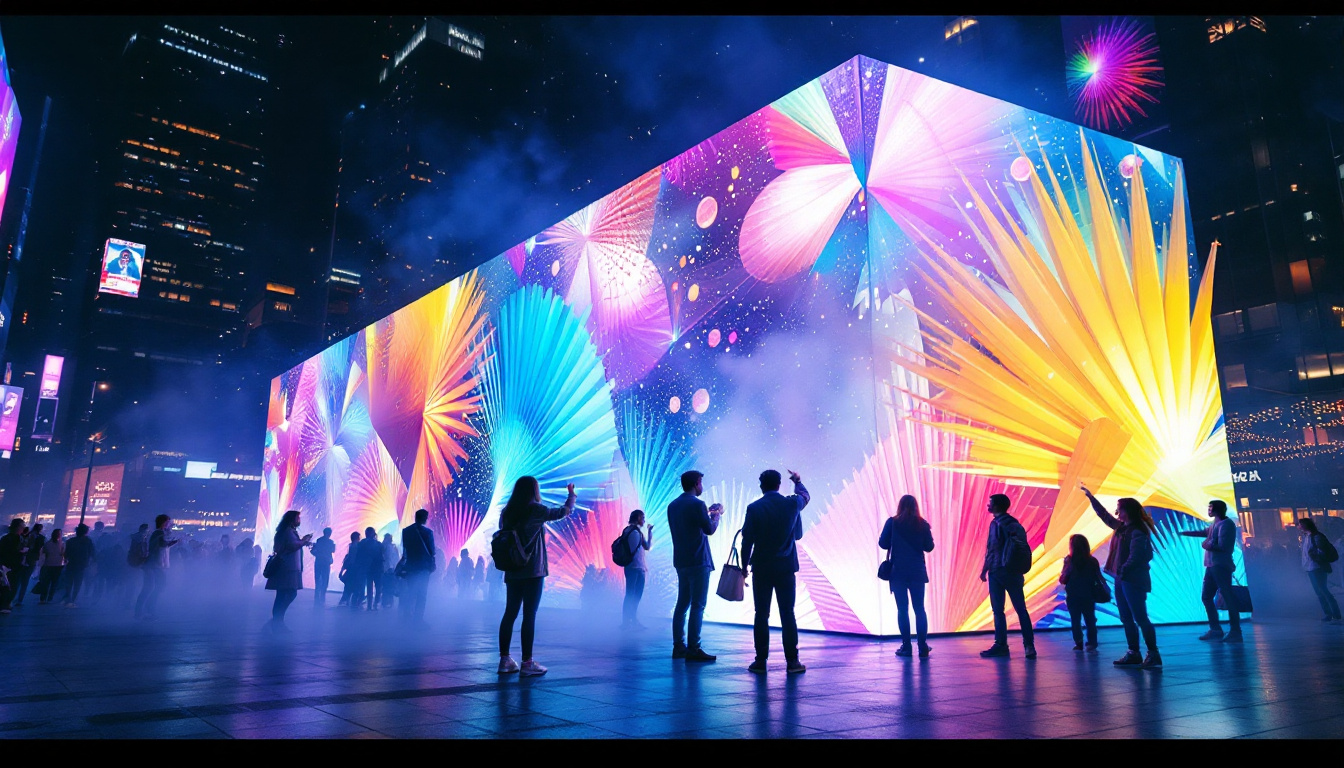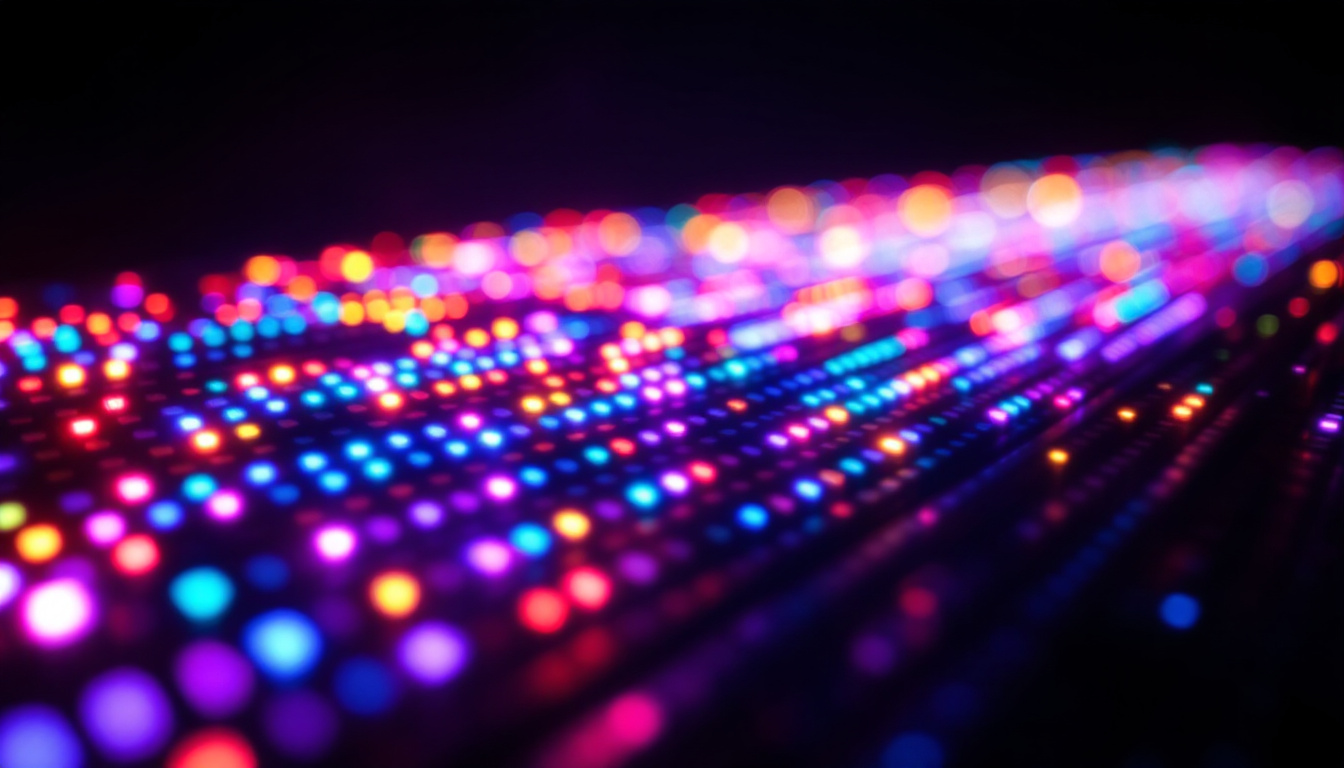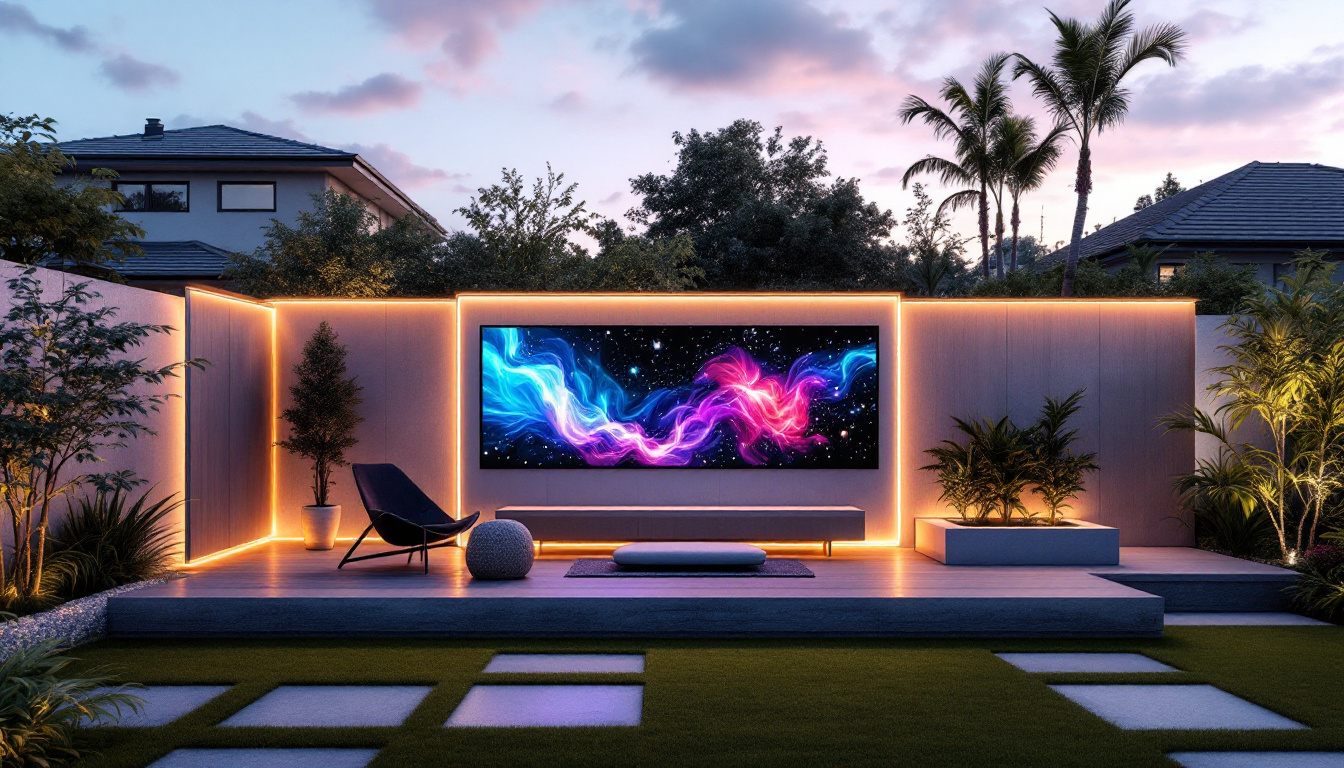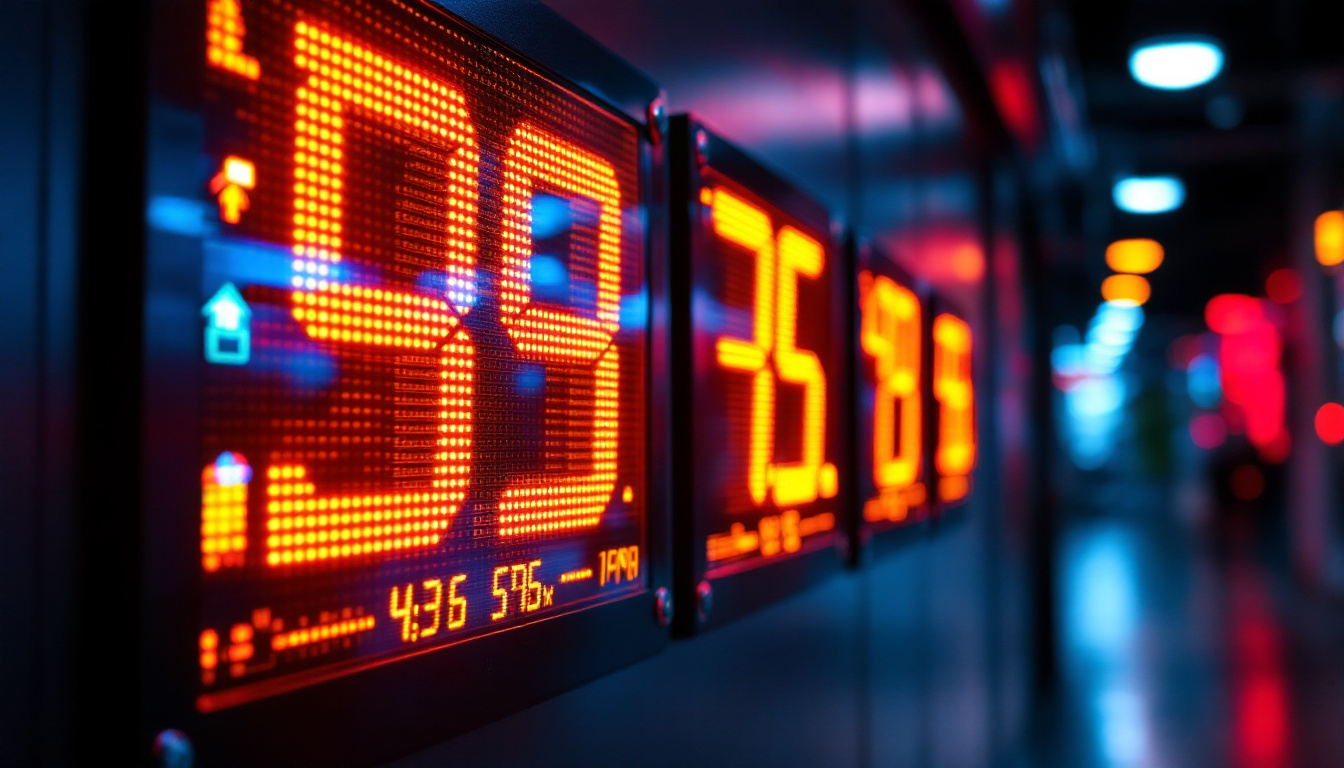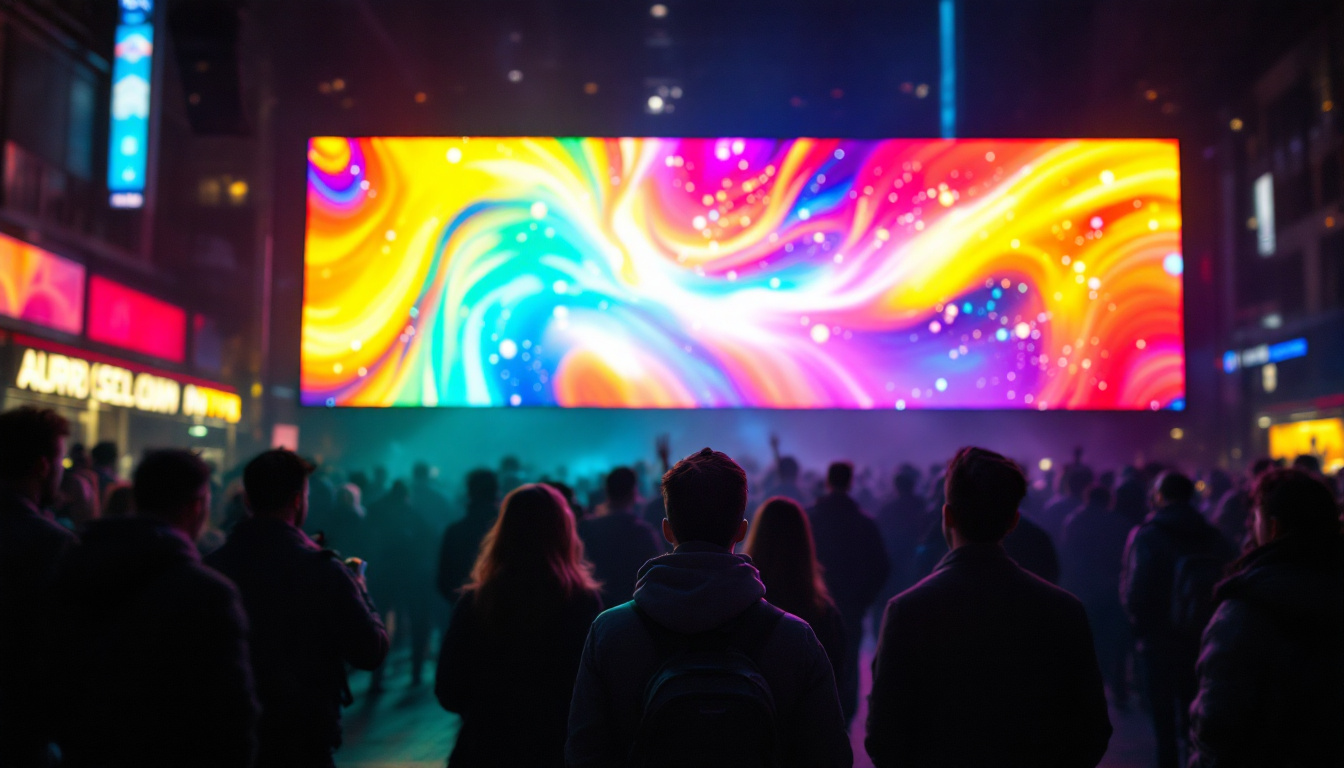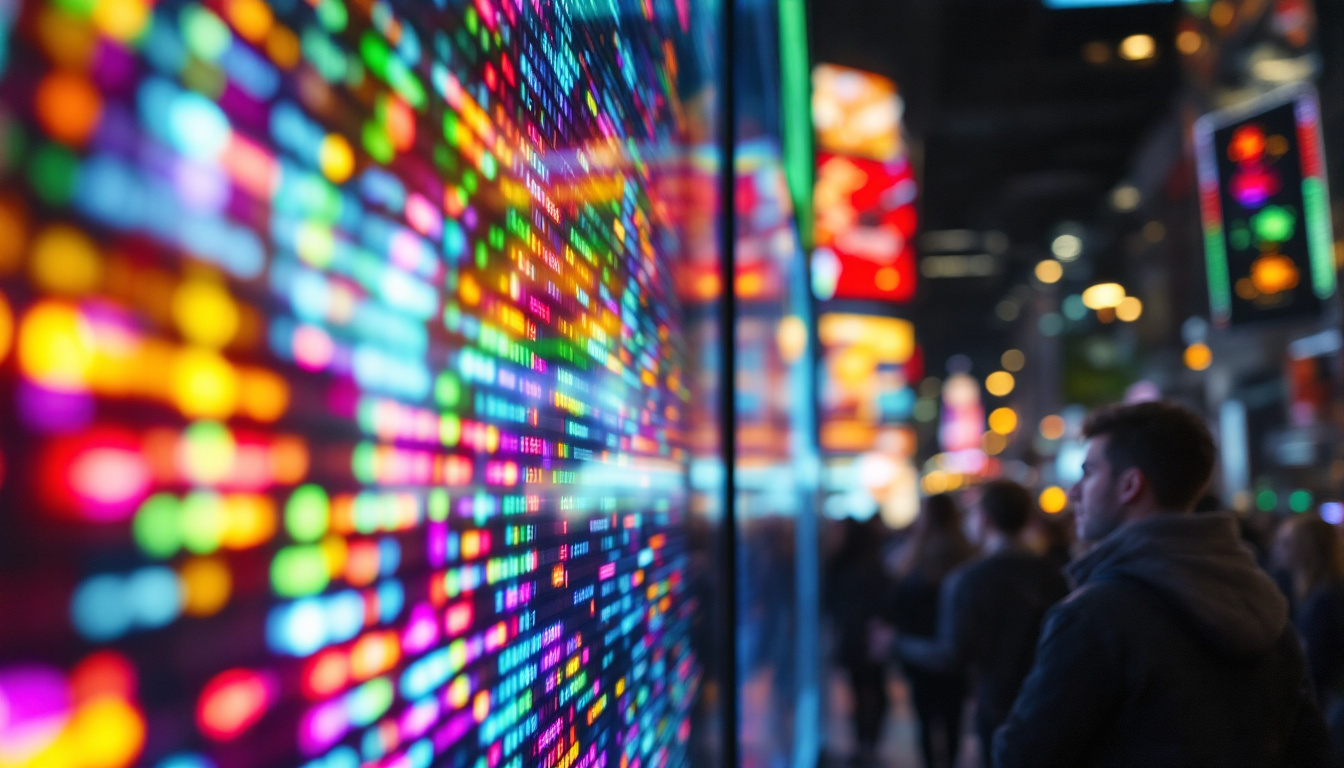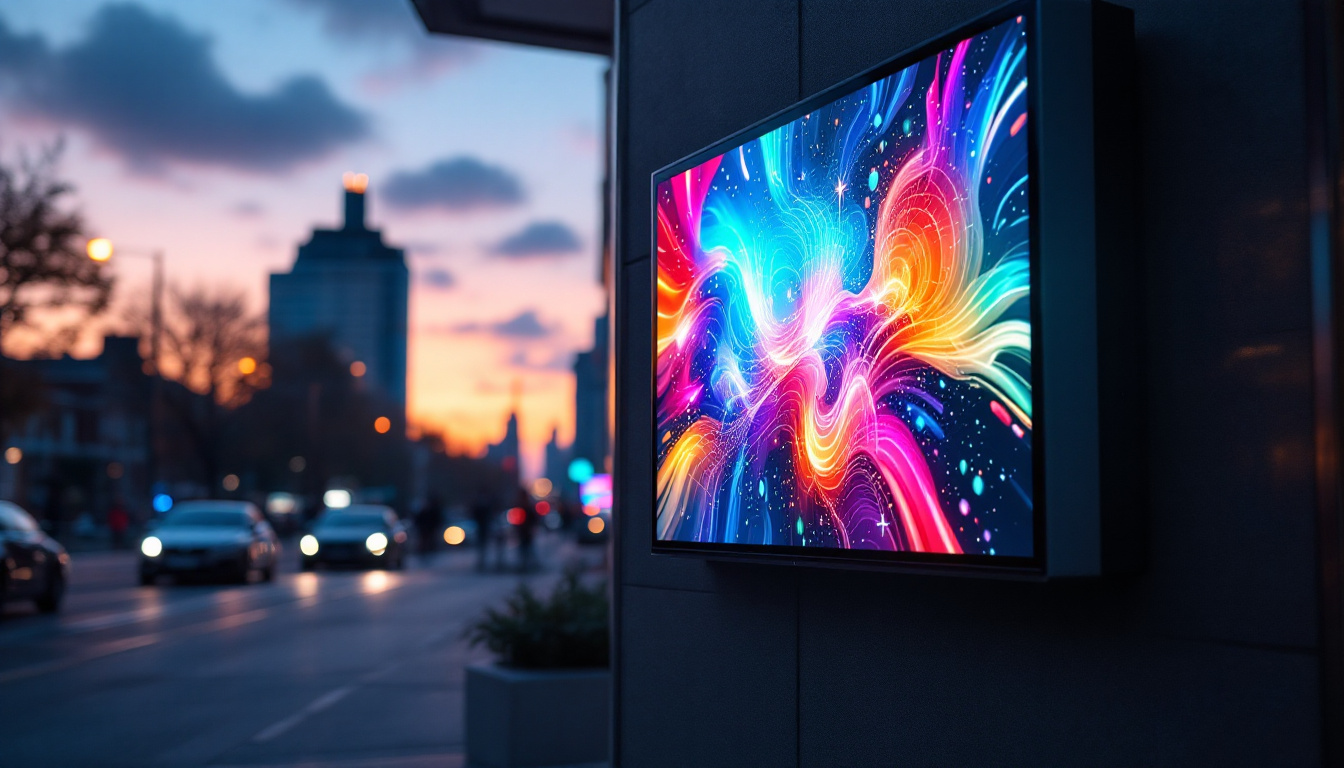In the realm of modern technology, LED displays have emerged as a cornerstone of visual communication. Particularly in urban environments, these displays serve various purposes, from advertising to public information dissemination. New Haven, a city known for its vibrant culture and academic institutions, has embraced LED technology in numerous ways. This article delves into the intricacies of LED displays, their benefits, applications, and the technology behind them, specifically focusing on their significance in New Haven.
Understanding LED Technology
Light Emitting Diodes (LEDs) are semiconductor devices that emit light when an electric current passes through them. This technology has revolutionized the way displays are created, offering numerous advantages over traditional methods. The fundamental principle behind LED displays is relatively simple, yet the implications are profound. With their energy efficiency, longevity, and compact size, LEDs have become the go-to choice for lighting and display solutions across various industries.
How LEDs Work
LEDs consist of a chip made from a combination of materials, typically gallium, arsenic, and phosphorus. When electricity flows through the chip, electrons recombine with holes, releasing energy in the form of photons, which produce light. This process is known as electroluminescence. The color of the light emitted depends on the materials used in the chip, allowing for a wide range of colors and brightness levels. Additionally, advancements in LED technology have led to the development of RGB (red, green, blue) LEDs, which can create millions of color combinations, enhancing the visual experience in displays.
In LED displays, multiple diodes are arranged in a grid pattern, forming pixels. Each pixel can be controlled independently, enabling the display to show complex images, videos, and animations. This capability is what makes LED displays so versatile and appealing for various applications. Moreover, the rapid response time of LEDs allows for seamless transitions and dynamic content, making them ideal for advertising and entertainment purposes.
Types of LED Displays
LED displays come in several types, each suited for different applications. The most common types include:
- Indoor LED Displays: These are typically used in venues like theaters, shopping malls, and conference rooms. They offer high resolution and vibrant colors, making them ideal for close viewing. The pixel pitch, which refers to the distance between the centers of two adjacent pixels, is often smaller in indoor displays, resulting in sharper images.
- Outdoor LED Displays: Designed to withstand harsh weather conditions, these displays are often used for billboards, sports arenas, and public information signs. They are built with higher brightness levels to ensure visibility in direct sunlight. Additionally, outdoor LEDs are often encased in protective materials to guard against moisture and dust, ensuring durability over time.
- Transparent LED Displays: A newer innovation, these displays allow light to pass through while still showing images. They are often used in retail environments, allowing for advertising without obstructing views. This technology not only enhances aesthetic appeal but also maximizes space utilization, making it a popular choice for modern storefronts.
In addition to these types, there are also flexible LED displays that can be bent or shaped to fit unconventional spaces, making them suitable for creative installations in art and design. Furthermore, advancements in LED technology continue to push the boundaries, with developments like microLEDs offering even finer resolutions and improved energy efficiency, promising exciting possibilities for the future of display technology.
The Advantages of LED Displays
LED displays offer numerous benefits that make them an attractive choice for businesses and organizations. Their efficiency, versatility, and visual appeal contribute to their growing popularity.
Energy Efficiency
One of the most significant advantages of LED technology is its energy efficiency. Compared to traditional incandescent or fluorescent displays, LEDs consume significantly less power. This not only reduces operational costs but also minimizes the environmental impact. In a city like New Haven, where sustainability is a growing concern, the adoption of energy-efficient technologies aligns with broader environmental goals.
Longevity and Durability
LED displays are known for their longevity. With a lifespan of up to 100,000 hours, they outlast many other display technologies. This durability is particularly beneficial for outdoor displays, which are exposed to the elements. In New Haven, where weather conditions can vary, the resilience of LED technology ensures that displays remain functional and visually appealing over time.
High-Quality Visuals
The quality of visuals produced by LED displays is another compelling advantage. With the ability to produce vibrant colors and high contrast ratios, LED displays capture attention effectively. This quality is crucial for advertising and public information, where clear communication is essential. In a bustling city like New Haven, where competition for attention is fierce, high-quality visuals can make a significant difference.
Applications of LED Displays in New Haven
In New Haven, LED displays are utilized across various sectors, enhancing communication and engagement within the community. Their applications range from advertising to public service announcements, showcasing the versatility of this technology.
Advertising and Marketing
Businesses in New Haven have increasingly turned to LED displays for advertising purposes. The dynamic nature of these displays allows for rotating advertisements, promotions, and events, capturing the attention of passersby. Retailers, restaurants, and entertainment venues use LED displays to showcase their offerings, drawing in customers and enhancing their visibility in a competitive market.
Moreover, the ability to update content remotely means that businesses can respond quickly to changing circumstances, such as special promotions or events. This flexibility is a game-changer for marketing strategies, allowing for real-time engagement with the audience.
Public Information and Safety
LED displays play a crucial role in disseminating public information in New Haven. From traffic updates to emergency alerts, these displays provide timely and relevant information to residents and visitors. For instance, LED signs at key intersections can inform drivers about traffic conditions, road closures, or upcoming events, contributing to safer and more informed travel.
Additionally, public safety announcements, such as weather warnings or community alerts, can be broadcasted effectively through these displays. This capability enhances the city’s responsiveness to emergencies, ensuring that citizens are well-informed and prepared.
Art and Culture
New Haven is a city rich in culture and art, and LED displays have found their place in this vibrant landscape. Artists and cultural institutions have begun to explore the potential of LED technology to create interactive installations and digital art. These displays can transform public spaces, making art more accessible and engaging for the community.
For example, LED displays can be used to showcase local artists’ work or promote cultural events, fostering a sense of community and pride. This integration of technology and art not only enhances the aesthetic appeal of public spaces but also encourages community participation and engagement.
The Future of LED Displays in New Haven
As technology continues to evolve, the future of LED displays in New Haven looks promising. Innovations in display technology, coupled with the city’s commitment to sustainability and community engagement, will likely lead to even more creative applications.
Smart City Integration
With the rise of smart city initiatives, LED displays are poised to play a pivotal role in urban development. Integrating LED technology with smart systems can enhance communication and data sharing across the city. For instance, LED displays could be connected to real-time data feeds, providing citizens with up-to-date information on public transport, weather conditions, or local events.
This integration not only improves the efficiency of information dissemination but also fosters a more connected community. As New Haven embraces smart city concepts, LED displays will undoubtedly be a key component in creating a more responsive and informed urban environment.
Advancements in Technology
Technological advancements are continuously shaping the landscape of LED displays. Innovations such as higher resolution displays, improved color accuracy, and enhanced energy efficiency are on the horizon. These advancements will further enhance the visual quality and functionality of LED displays, making them even more appealing for various applications.
Moreover, the development of flexible and lightweight LED technology opens up new possibilities for creative applications. From wearable technology to interactive installations, the future of LED displays is limited only by imagination.
Community Engagement and Education
As LED displays become more prevalent in New Haven, there is an opportunity for community engagement and education. Workshops, demonstrations, and public discussions can help residents understand the benefits and potential of this technology. By fostering a dialogue around LED displays, the community can collectively explore innovative uses that enhance urban life.
Educational institutions in New Haven can also play a role in this initiative. Collaborations between schools, universities, and local businesses can lead to projects that showcase the capabilities of LED technology, inspiring the next generation of innovators and creators.
Conclusion
LED displays have transformed the way information is communicated in urban environments, and New Haven is no exception. With their energy efficiency, durability, and high-quality visuals, LED displays offer numerous advantages that benefit businesses, public services, and the arts. As the city continues to embrace this technology, the potential applications are vast and varied.
Looking ahead, the integration of LED displays into smart city initiatives, coupled with ongoing technological advancements, promises to enhance the quality of life in New Haven. By fostering community engagement and exploring innovative uses, the city can harness the full potential of LED technology, creating a vibrant and informed urban landscape.
In conclusion, as New Haven moves forward, LED displays will undoubtedly play a crucial role in shaping the future of communication, art, and community engagement. The journey of LED technology is just beginning, and its impact on the city is poised to grow exponentially.
Discover LumenMatrix LED Display Solutions
As New Haven continues to evolve with LED technology, LumenMatrix stands at the forefront of this transformation, offering a diverse range of LED display solutions tailored to meet the city’s dynamic needs. Whether you’re looking to enhance your business’s brand visibility, create immersive visual experiences, or contribute to New Haven’s smart city initiatives, LumenMatrix has the cutting-edge technology to bring your vision to life. From Indoor and Outdoor LED Wall Displays to innovative Transparent and Custom LED Displays, our mission is to revolutionize visual communication. Check out LumenMatrix LED Display Solutions and join us in shaping a vibrant and visually engaging future for New Haven.

